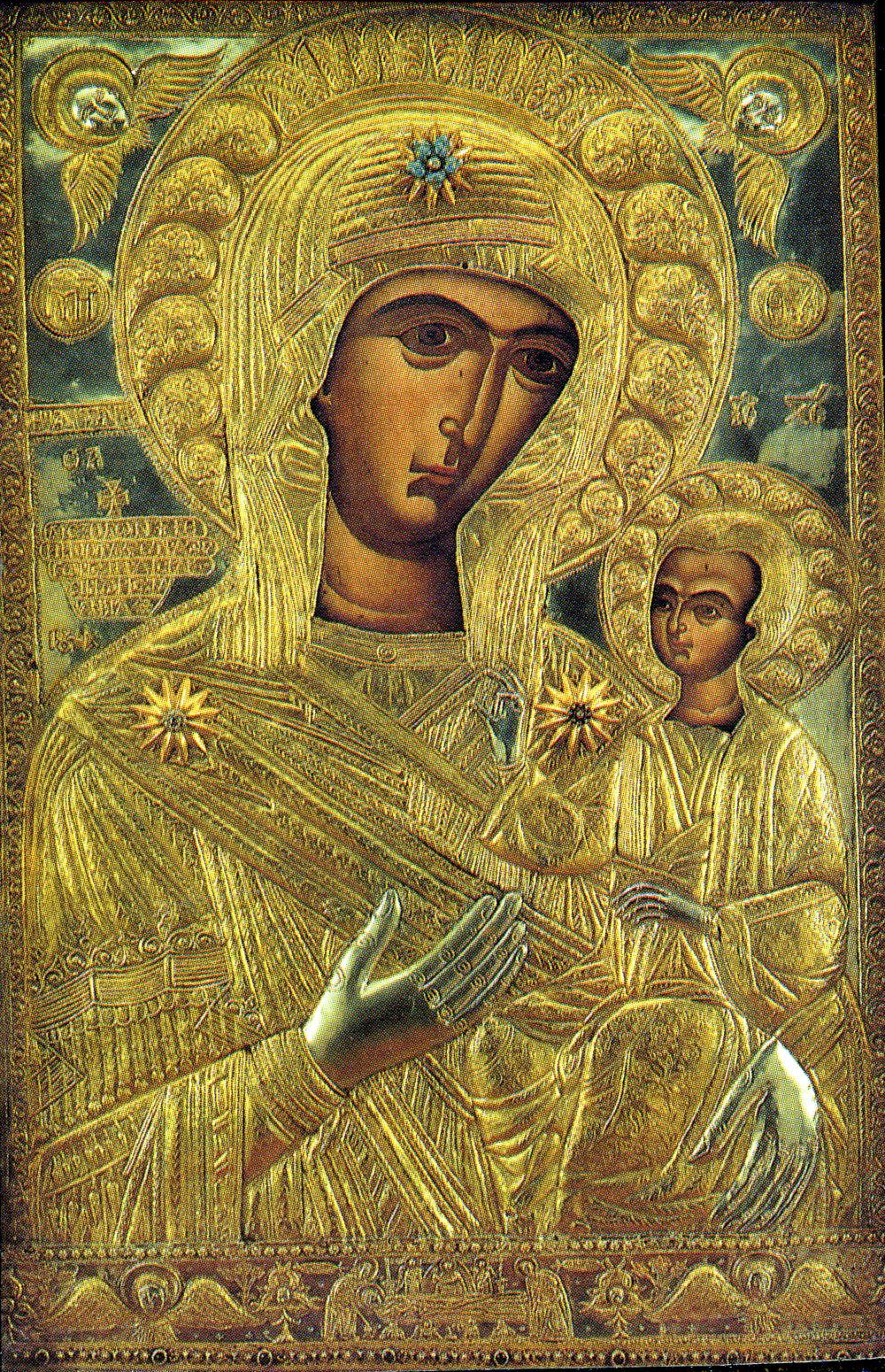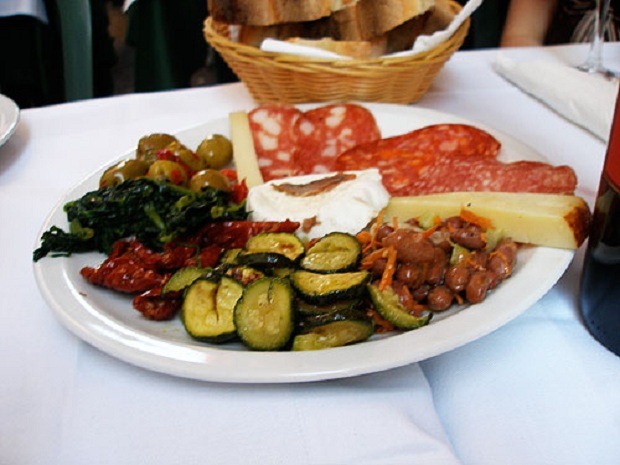Rome is an amazing place, full of history, architecture and art. While you could spend days in Rome, you can also see the highlights in just two days. Here is my list of top venues.
St. Peter’s
Basilica

Perhaps there is no greater living testament to Rome’s storied past,
than St. Peter’s. Over two thousand years of Roman and Christian
history are represented and found in the history of St. Peter’s. The
history of St. Peter’s begins with St. Peter himself. Referred to in the bible as Peter the Rock, he was the foundation of the Christian religion and the Catholic Church. St Peter was crucified around 65 A.D. in Nero’s Circus and was buried nearby in a small cemetery on Vatican Hill. Catholics celebrate this spot with a magnificent baldacchino, (a large Baroque sculpted bronze canopy) directly below the current dome of St. Peter’s. In addition to its history, St.
Peter’s is also the largest, most important, and most famous church in
all of Christianity. Here is a little secret, as you walk away from the dome, look on the floor for markers of other christian churches through out the world. You will see that they fit inside St. Peters. St Peter's is the home of the pope and the center of
the Catholic Church. Finally, St. Peter’s rivals the greatest art
museums in the world with the depths of its treasures. Artistic
masterpieces and architectural design by such greats as Michelangelo,
Bramante, Bernini, and Maderno grace its halls. As an example, the
Pietà (1498–1499) by Michelangelo is in the first alcove to the right as you enter. It is the only piece Michelangelo ever signed. The statue is one of the most highly finished works by Michelangelo.
The Pantheon
The Pantheon is one of the oldest structures still in use today.
Located near the Piazza Navona on the northeast side of the city core, the Pantheon was built around 120 A.D., it is the best preserved of
all ancient Roman buildings. Originally dedicated to the major Roman
gods by the emperor Hadrian, this building was consecrated (and thus
saved) as a church in the 600s and today serves as the resting place of Raphael and other famous artists. It is within walking distance of Piazza Navona, Tivoli Fountain, the Colosseum and many other famous artifacts.
The Colosseum

I love history and I love being able to “live” history – to go where
historical characters were, to feel what they felt, to see what they
saw. Located near the ancient center of
Rome the Colosseum is a
marvel to behold. Commissioned by the emperor Vespasian in the 70s
A.D., the Colosseum was originally used as a sports complex where
gladiators fought. When Constantine took over Rome and began to
Christianize the empire in the 600s, he outlawed all forms of gladiator
games and blood sport.
The Colosseum is a vast ellipse with tiers for seating 50,000
spectators. Below the wooden arena
floor, there was a complex set of rooms and passageways for wild beasts
and other provisions for staging the spectacles. Eighty walls radiate
from the arena and support vaults for passageways, stairways and the
tiers of seats.The three tiers of
arcades are faced by three-quarter columns and their toppings, Doric in
the first story, Ionic in the second, and Corinthian in the third.
Above them is an attic story with Corinthian pilasters and small square
window openings in alternate bays. At the top brackets and sockets
carry the masts from which a canopy for shade, was
suspended.
An architectural marvel, the construction utilized a careful combination of
types: concrete for the foundations, Travertine for the piers and
arcades, Tufa infill between piers for the walls of the lower two
levels, and brick-faced concrete used for the upper levels and for most
of the vaults.
This building
represents an important link in our human heritage and world history, it
is an honor to be able to step back in time and still admire the work
of the ancient Romans. I will never forget my visit to the Colosseum
and my overwhelming desire to touch everything as I took in its history!
Piazza Navona

The Piazza Navona sits upon the ruins of the ancient Circus Domitianus.
The present day piazza is ovular in shape and owes its shape to the
ancient race track that once occupied the space. The Piazza is marked
by three beautiful fountains, the most famous being the center fountain
by the great Bernini. The center of the fountain is marked by a tall
Egyptian obelisk and surrounding it are four figures representing the
great rivers of the world. Another famous landmark in the piazza is the
church of Saint Agnese. The facade of St. Agnese was designed by
Borromini. Legend says that Bernini designed one of his figures in the
fountain (the one covering its face) as a reflection of his thoughts on
Borromini’s design – the two were great artistic rivals. Around the piazza you will find countless bars and restaurants, one featuring my favorite Pizza, "Rocket with Scamorza" ...yum.
The Trevi Fountain
The Trevi fountain, inspired by Roman triumphal arches, is the largest
and most famous Baroque fountain in Rome.In 1629, Pope Urban VIII, asked Bernini to sketch possible renovations of the fountain,
finding it insufficiently theatrical. After the Pope's death the
project was abandoned. Bernini's lasting contribution was to situate the
fountain from the other side of the square to face the Quirinal Palace
(so that the Pope could see and enjoy it).
The Trevi Fountain as we know it today, was designed by Nicola Salvi in 1732 and competed in 1762.
The central figures of the fountain are Neptune (God of the sea),
flanked by two Tritons. One struggles to master a very unruly "sea
horse", while the other leads a far more docile animal.
These symbolize the two contrasting moods of the sea.
On the first story, a relief shows a young girl (the legendary virgin after whom the aqueduct
was named) pointing to the spring from which the water flows.
Appropriately for a fountain resembling a stage set, the theatrical
Trevi Fountain has been the star of many films shot in Rome, including
romantic films such as
"
Three coins in a fountain" and "
Roman holiday", but also "
La dolce vita", Federico Fellini's satirical portrait of Rome in the 1950s.Tradition has it a coin thrown into the water guarantees a visitor's return to Rome.
Villa Borghese
 If you are stressed out from all your site seeing, take a picnic to Villa Borghese's Gardens. Stretching from above Piazza del Popolo to the top of Via Venato, Villa Borghese crowns Rome in a glorious canopy of Green.
If you are stressed out from all your site seeing, take a picnic to Villa Borghese's Gardens. Stretching from above Piazza del Popolo to the top of Via Venato, Villa Borghese crowns Rome in a glorious canopy of Green.
Villa Borghese is literally a breath of fresh air for those who visit it. There are museums, a theatre, a bio park, a lake, a winter ice skating rink, rollerblade and skateboarders space as well as numerous fountains dotted throughout.
The Park was originally a private vineyard, redesigned and enlarged in 1605 to grandiose proportions for pope Paul V's nephew, the Cardinal Scipione Borghese. However, it was named after the Borghese family on the condition that it boasted the most luxurious and magnificent dwelling in Rome.
The Vatican Museum
The Vatican Museums contain masterpieces of painting, sculpture and other works of art collected by the popes through the centuries. The Museums include several monumental works of art, such as the Sistine Chapel, the Chapel of Beato Angelico, the Raphael Rooms and Loggia and the Borgia Apartment.
The Pinacoteca, or Picture Gallery, is situated in a building that dates back to 1932 and that was designed by the architect Beltrami. It is connected to the Museum complex (at the entrance of the Quattro Cancelli) by an elegant portico.
The Christian, Profane and Missionary-Ethnological Museum contains a collection of artistic and archaeological objects, some of an ethnological nature, that were once housed in the Lateran Palace.
The Collection of Modern Religious Art was added to the Museums in 1973. The History Museum is located in the Lateran Palace and includes, among other things, items that belonged to the Pontifical Military Corps.
The Museums are usually open to the public every weekday morning and in the early afternoon in summer. Entry is free on the last Sunday of every month. The entrance to the Museums is on Viale Vaticano, near Piazza Risorgimento. Go early as long lines develop.
So, I hope you enjoy Rome.
-









 During the Roman era, the country became part of the Roman Empire. Later it became one of the main administrative areas of the Byzantine
Empire. Following the conquest of Constantinople by the Turks, Greece
became a territory of the Ottoman Empire for nearly four centuries and
achieved its independence in1829. It was only after a series of local
wars that Greece stabilized its present territory.
During the Roman era, the country became part of the Roman Empire. Later it became one of the main administrative areas of the Byzantine
Empire. Following the conquest of Constantinople by the Turks, Greece
became a territory of the Ottoman Empire for nearly four centuries and
achieved its independence in1829. It was only after a series of local
wars that Greece stabilized its present territory.
























